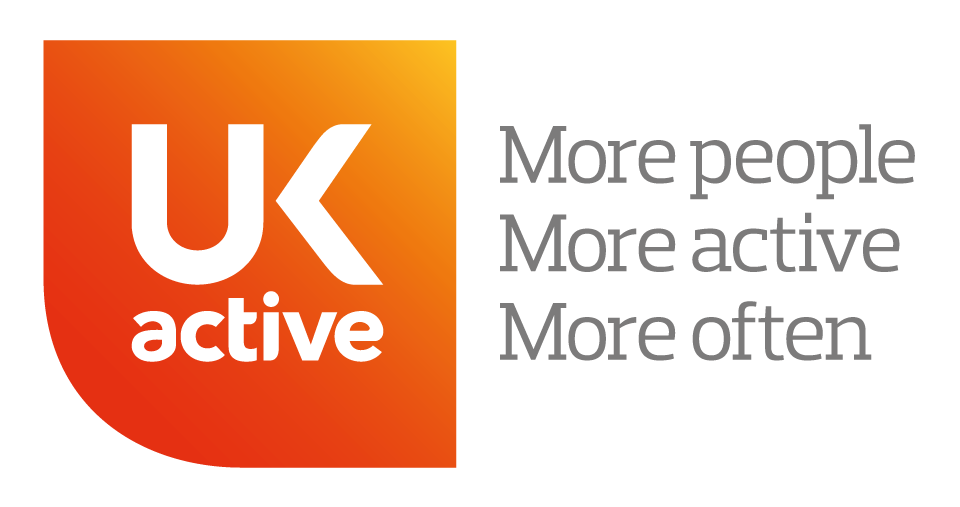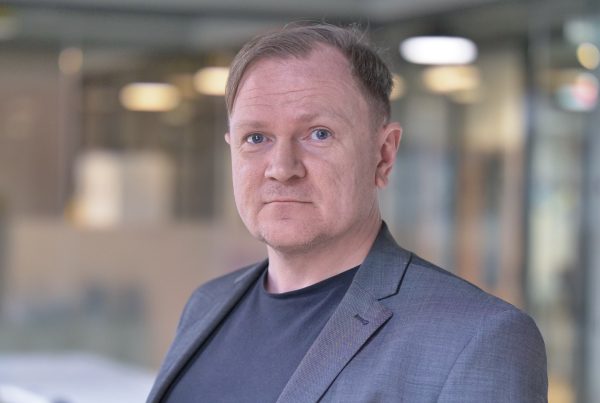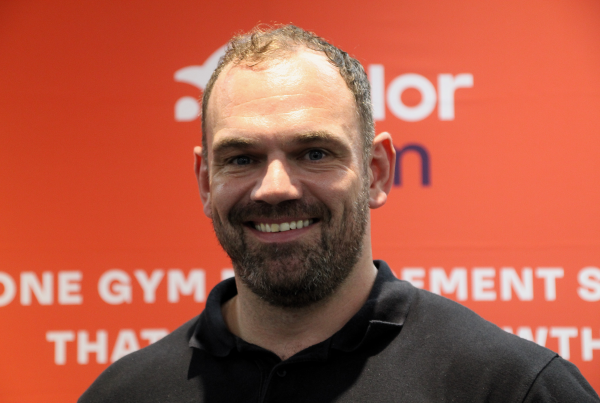Kids aren’t moving enough. Britain’s children today are the most inactive generation ever, where the fittest child in a class today would be among the least fit twenty years ago. The health risks of childhood inactivity are well documented and oft-repeated – I’ve counted seven articles in the past week alone – yet things seem to trundle on the same.
The fact is, physical activity has the power to transform many young lives. There are obvious benefits for children’s physical health – active kids have lower blood pressure, stronger bones, and a greatly reduced risk of type 2 diabetes. Physical activity is also one of the key weapons in the arsenal battling the childhood obesity epidemic – if not the silver bullet, at least an armour piercing round.
The benefits aren’t limited to physical health however. Indeed, regular activity is a cornerstone of mental health and a key driver of attainment in children. Recent research has found that children taking part in organised sports and physical activities at the ages of 5, 7 and 11 were almost one and a half times more likely to reach a higher than expected level in their Key Stage 2 maths test.
There are also countless scientific studies that have found that exercise boosts concentration, energy levels and class cohesion. If any more evidence was needed, just look at the example of Finland, by many accounts the most active country in Europe. It also happens to be number four in PISA (the OECD’s official education assessment) rankings, leading the way among European nations. I would contend that this is no coincidence.
So how do we get children moving more? It’s a question with no easy answer, and one which will be discussed in detail by a range of experts at the ukactive National Summit in November. A start, however, would be putting children in the driving seat. It’s quite a logical step when you think about it. Who knows what activities children want better than children themselves?
We therefore need to ensure the £415m from the sugar levy is spent effectively. Children aren’t naturally inactive – if the activities are available, they will get involved. It’s very much the case of the old adage ‘build it and they will come.’ So, our first step should be making sure all children have easy access to free or cheap activity programmes after school and in the holidays.
We also have to make sure we’re encouraging all children to get involved. From personal experience, working with a holiday activity provider – too often would we start a game only for a significant minority of the group to peel off and sit at the side, frustrated at sports where they felt like they had no chance of meaningful participation.
Now in my instance, I had the time and curricular latitude to adapt games based on the kids’ preferences to get them up and enthused again, but that’s not always the case in more regimented and time-pressured environments. A Virgin Active pilot in Bedfordshire found that when children were allowed to devise and deliver the activities themselves, engagement and confidence skyrocketed. So why not let the children take the lead and run their own activities, with trained supervision?
Children’s view of activity and future habits are shaped by their young experiences, and everyone has role to play in determining them for the better. So let’s encourage them to do that little bit more, and enjoy it too. The key is letting the children choose how. It could be playing football for the school team, dancing in the local community centre, or simply a regular family walk with the dog. Turning the tide of childhood inactivity won’t be easy – but the important things never are.

Communications Executive




